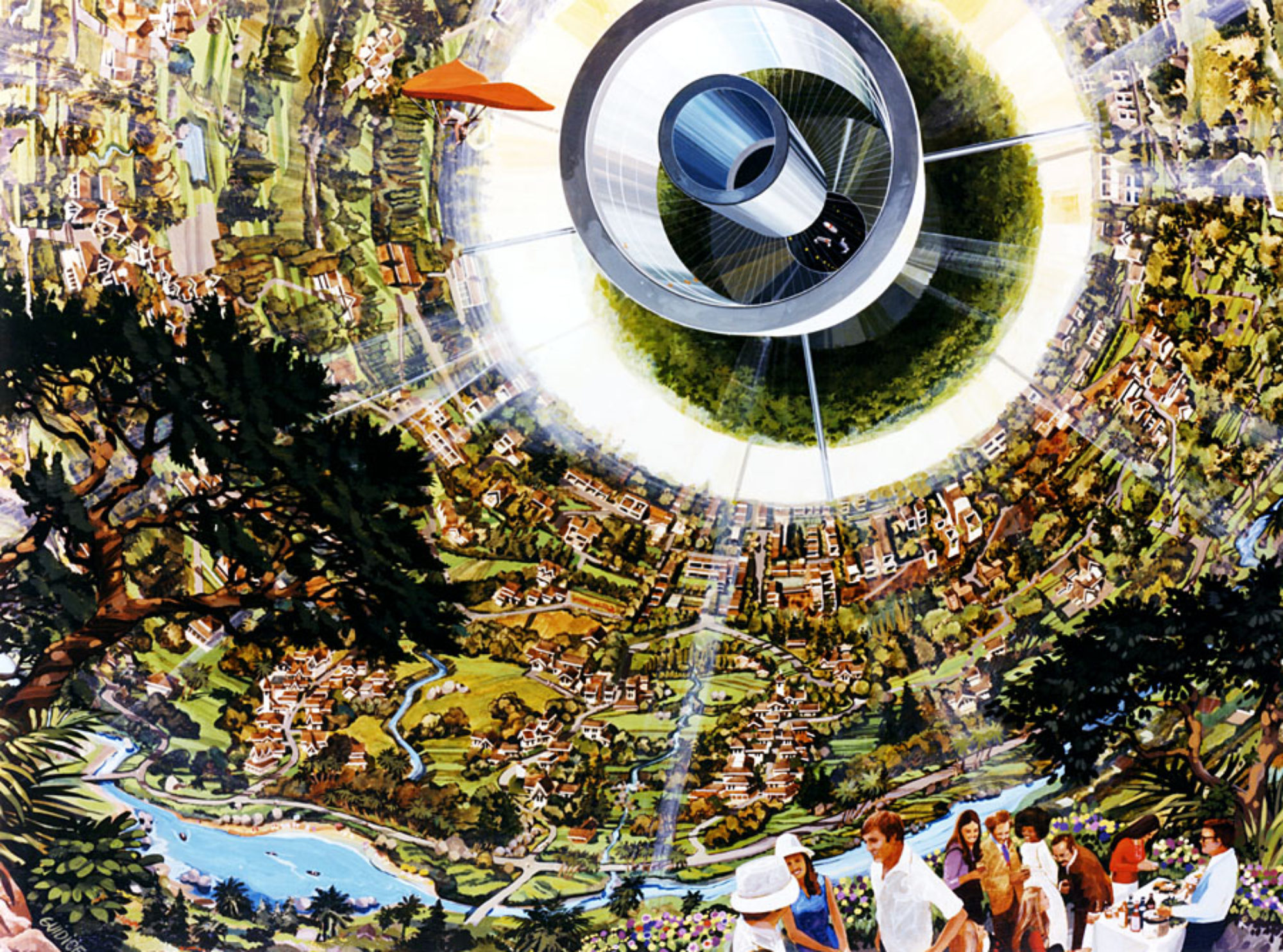
In space, conventional aluminum alloys tend to degrade when exposed to stellar-radiation such as solar flares or coronal mass ejections resulting in softening of the material to the point of dissolving over time. This property has ruled out aluminum as a lower mass material suitable for space structures…until now.
A new blend of aluminum has been discovered that may provide light weight radiation hardened material for protective hulls of spacecraft. The new research by Matheus A. Tunes et al.* was published in Advance Science. Using a metallurgical strategy called “crossover alloying,” the researchers combined 5xxx (AlMg) with the 7xxx (AlZn) alloy series obtaining beneficial properties of both such as high formability and high strength. The new amalgam was then age hardened to form a complex crystal structure of Mg32(Zn,Al)49 called a “T-Phase” that when subjected to heavy ion bombardment representative of stellar radiation, achieved a high degree of radiation tolerance. The results of the research show that the alloy is a promising candidate for applications in space.
* Authors of the Advance Science paper: Matheus A. Tunes, Lukas Stemper, Graeme Greaves, Peter J. Uggowitzer, Stefan Pogatscher.












